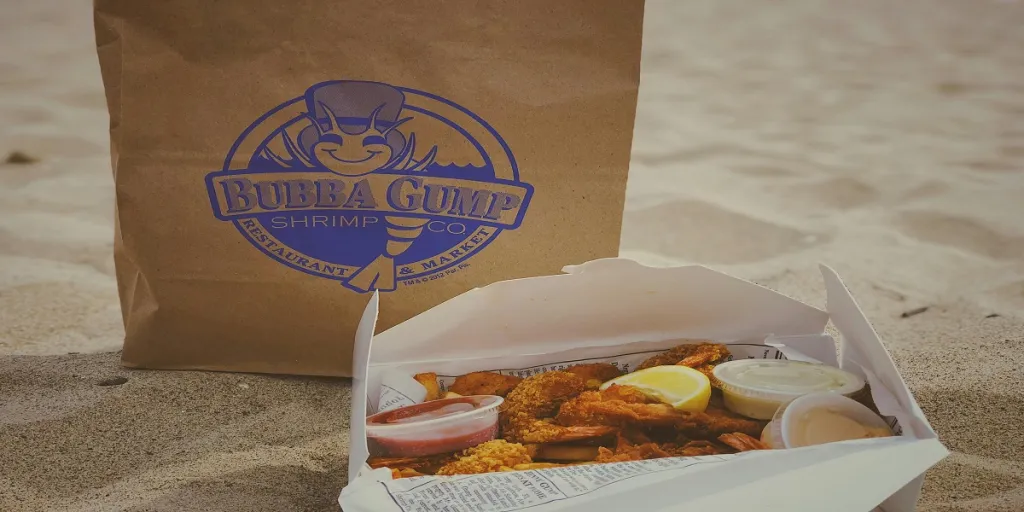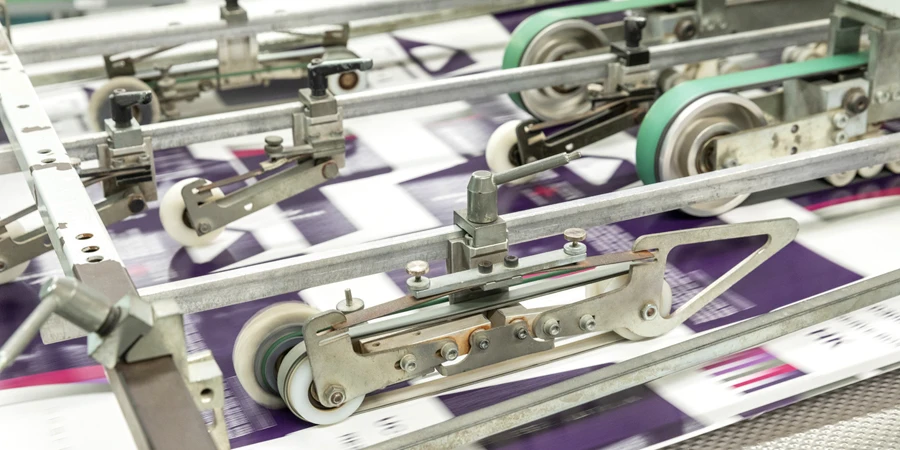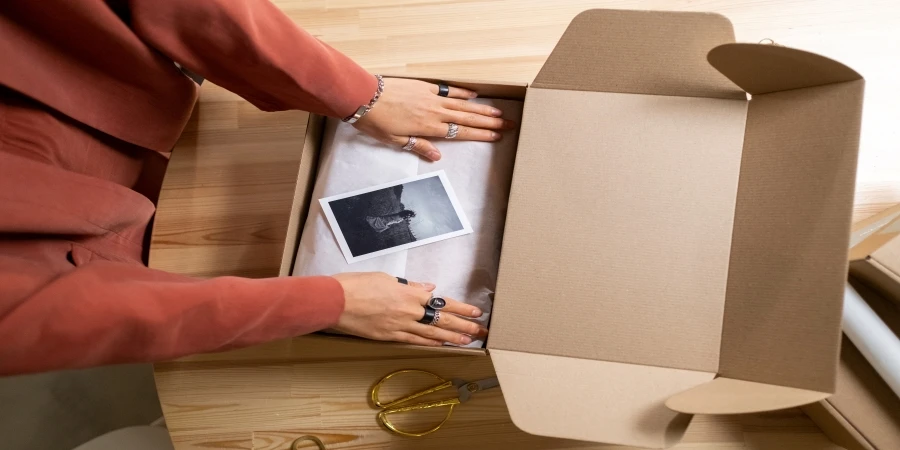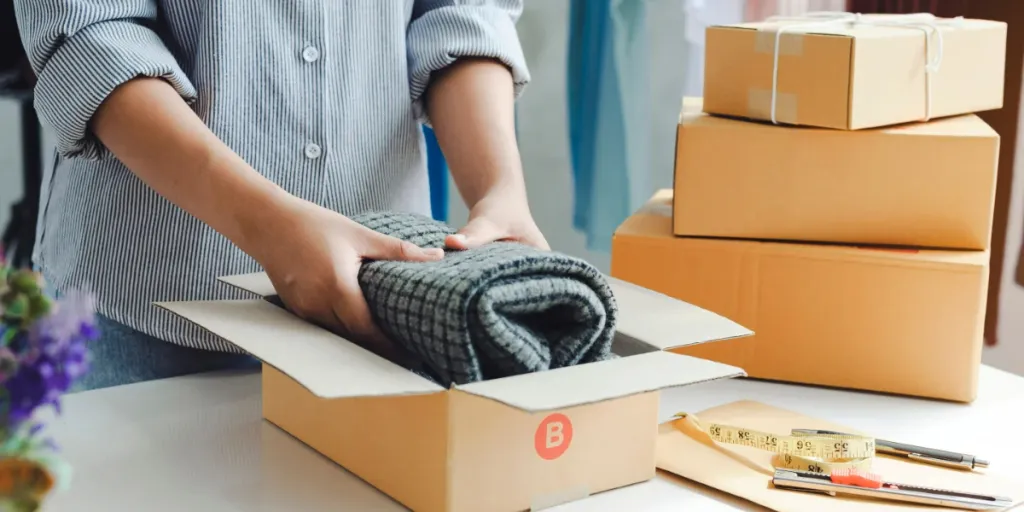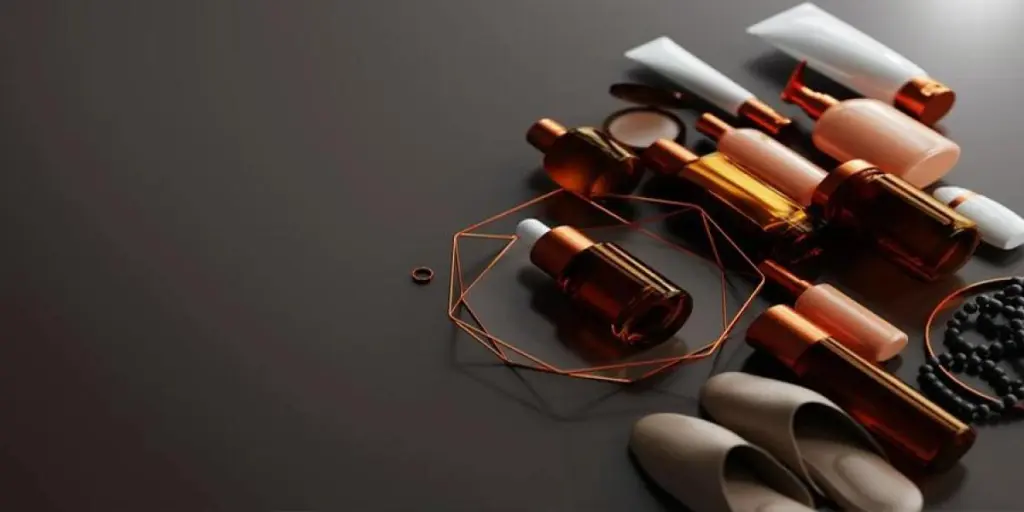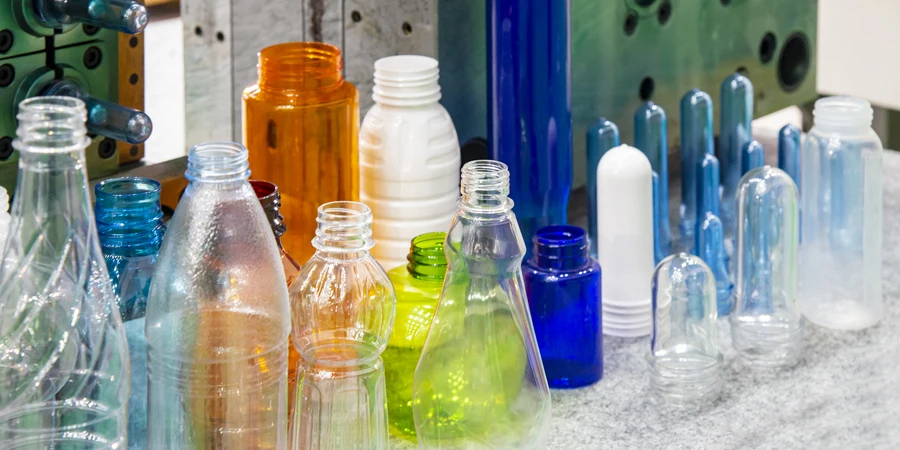With the high adoption of eco-friendly technology, this is the perfect moment to leverage the influence of sustainable food packaging. The trend has gained massive momentum in recent years and is set to persist through this year and beyond.
This article explores three reasons businesses should switch to sustainable food packaging, before uncovering five must-know sustainable food packaging trends on the rise.
Table of Contents
Why use sustainable packaging?
Five latest sustainable food packaging trends to watch out for
Go green with these trends
Why use sustainable food packaging?
Sustainable food packaging has been gaining enough traction to replace traditional alternatives as the standard. More consumers are adopting an eco-friendly mindset, making it the perfect time to switch to green.
Currently, the global sustainable food packaging industry will reach USD 229.38 billion, with the potential to hit USD 316.31 billion by 2027.
Still not convinced about switching to sustainable food packaging? Here are three reasons to make businesses think otherwise.
Renewable and recyclable materials
The emphasis on sustainable food packaging centers on embracing renewable resources like bioplastics, compostable or biodegradable substances, and responsibly-sourced paper.
These choices aim to decrease dependence on limited resources while fostering a circular economy and attracting eco-conscious customers (over 50% of global consumers in 2021). Furthermore, sustainable packaging possesses straightforward recyclability, guaranteeing effective processing and reuse.
Packaging waste reduction
Waste reduction across the packaging life cycle is a pivotal benefit of sustainable food packaging. It allows businesses to fine-tune packaging dimensions, lower material consumption, avoid unnecessary components/layers, and adopt lightweight designs.
Ultimately, this waste reduction helps businesses save costs while curtailing their ecological impact.
Innovative design compatibility
Sustainable packaging frequently adopts inventive concepts that amplify its environmental compatibility. These concepts encompass ideas like edible packaging, striving to eradicate waste entirely, or minimalist packaging that curbs the use of excessive materials.
By embracing innovation, businesses can push sustainability’s limits and uncover imaginative solutions that foster environmental well-being and a rewarding consumer experience.
Five latest sustainable food packaging trends to watch out for
Minimalist packaging

Minimalism embodies clarity and efficiency. But food packaging’s minimalist design employs clean lines, strong typography, and a restricted color range for a visually impactful and easily understandable package.
Minimalist packaging is not restricted to aesthetics. It also prioritizes reducing unnecessary materials and enhancing space efficiency. As a result, minimalist food packaging reduces waste without sacrificing product protection, placing it among the top eco-friendly packaging solutions.
More importantly, minimalist packaging strongly appeals to consumers seeking to protect natural resources. A study disclosed that 92% of consumers gravitate towards businesses using eco-friendly, biodegradable, or minimalist packaging.
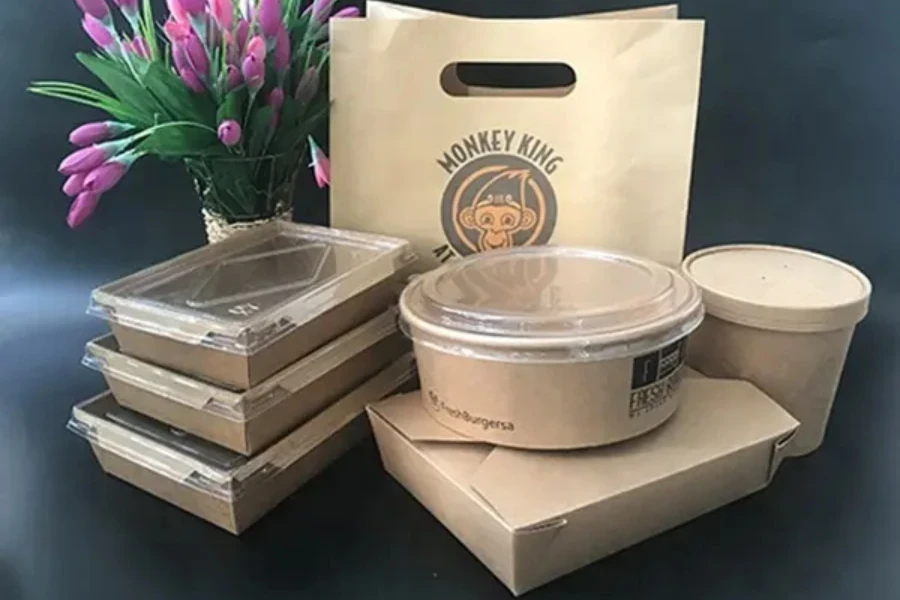
At its core, minimalist packaging avoids attention-grabbing details that can remove the consumer’s focus from the products. They’re also recyclable since manufacturers avoid complicating minimalist packages with additional materials, adhesives, or other elements.
Interestingly, minimalist packaging keeps growing and evolving, increasing the chances that designs will become more simplistic and require fewer materials, resulting in the ultimate combination of maximum simplicity and minimum environmental impact.
Bioplastics
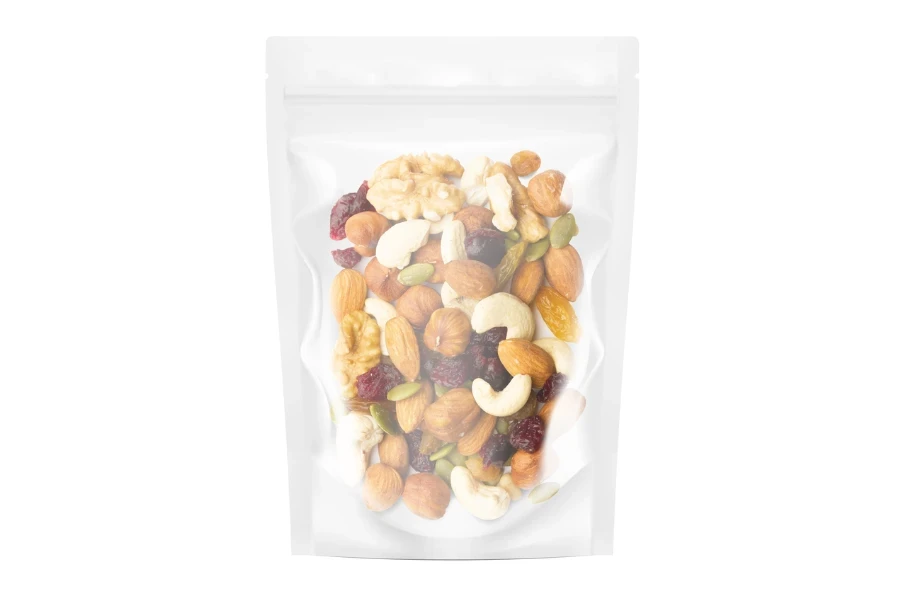
It’s no secret that single-use plastics harm the environment. This is why recent trends push for eco-friendly food packaging – and bioplastics offer a key solution here. In fact, bioplastics are gaining attention for their explosive potential in food packaging because they don’t feature harmful chemicals or feel risky for the end users. On top of this, bioplastics don’t attract dangerous bacteria or send chemicals back into the environment, making them practical for food packaging.
Although they’re similar to traditional plastics, bioplastics are in an entirely different world – and they come without the environmental drawbacks of conventional plastics.
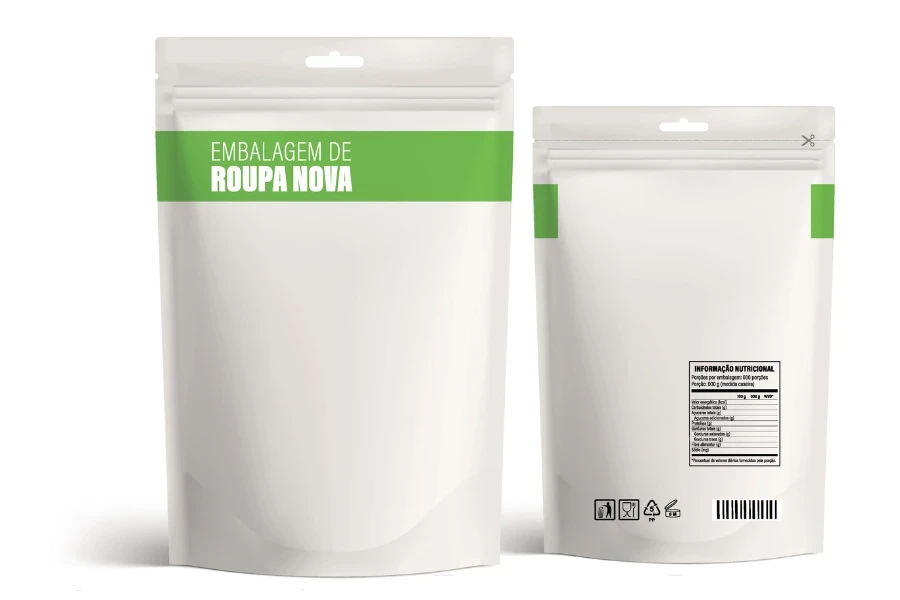
In a clear reflection of consumer priorities, 74% are willing to invest more in sustainable packaging. Impressively, nearly a quarter of these consumers are even prepared to absorb an additional cost of 10% or higher. This compelling market sentiment underscores the growing appeal of bioplastics as a fantastic option for eco-friendly food brands.
Plus, research says the bioplastics will experience significant growth over the coming years as more brands switch from harmful plastics to sustainable alternatives.
Edible packaging
More consumers are becoming environmentally conscious, increasing demand for greener packaging solutions. Responding to this demand, companies have introduced a surprising innovation to the market: edible packaging. This unexpected move has sent ripples through the industry, capturing everyone’s attention.
While digestible packaging might have appeared implausible initially, it has evolved into one of the most impactful strategies in the battle against plastic waste. Its potential is so significant it could usher in an era of zero waste.
True to its name, edible food packaging features designs that end users can consume or biodegrade like the food it encases. The transient nature of its design is what positions edible food packaging as a remarkably sustainable alternative.
Nonetheless, edible packaging comes with its share of limitations. For instance, specific versions require supplementary packaging to shield them from contaminants and ensure they’re consumable.
Moreover, concerns about the edible packaging’s hygiene may arise, particularly when exposed to varying environmental conditions during transportation.
Regardless of these issues, edible packaging is still gaining momentum due to the potential to fix its drawbacks — and research agrees. Experts say demand for edible packaging may increase at a 14.31% compound annual growth rate (CAGR) by 2030, reaching USD 2.8 billion globally.
Leading the market are innovative products that demonstrate the potential of edible straws, wraps, and food containers.
Compostable materials
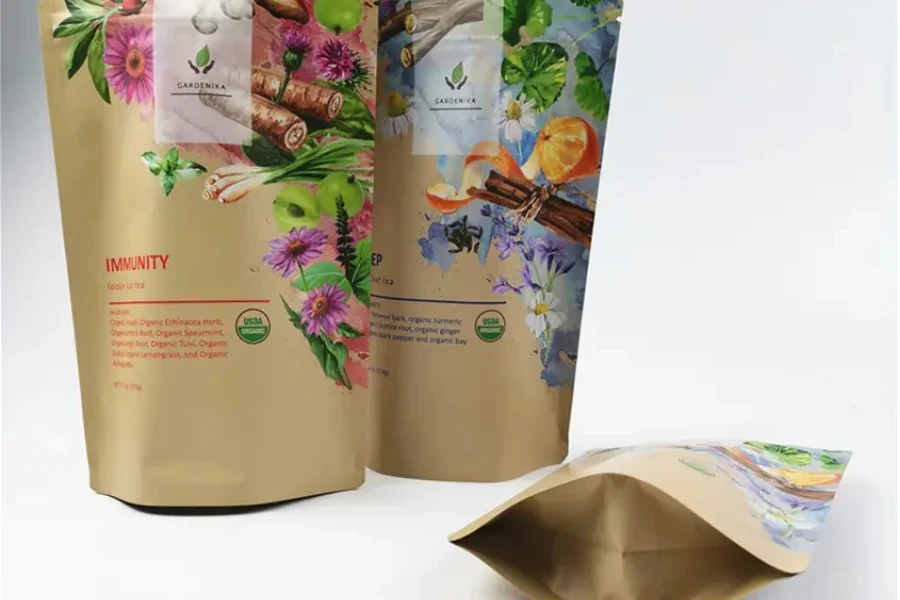
These packaging solutions take a different approach to sustainability. Manufacturers blend diverse recycled and plant-based materials to create a fully environmentally-friendly solution. In contrast to other alternatives that can release harmful chemicals upon disposal, compostable packaging contributes positively to the environment by enhancing soil health.
Creating the ideal environment for microorganisms to thrive and break down compostable packaging is crucial. Compost bins offer the perfect setting for this sustainable food packaging, providing the necessary elements such as nutrients, moisture, oxygen, and warmth to create optimal conditions for decomposition.
Under optimal circumstances, compostable packaging can break down within 12 weeks, transitioning into a rich, crumbly topsoil with an earthy scent. Then, consumers can dispose of them into the garden soil, enriching it with nutrients.
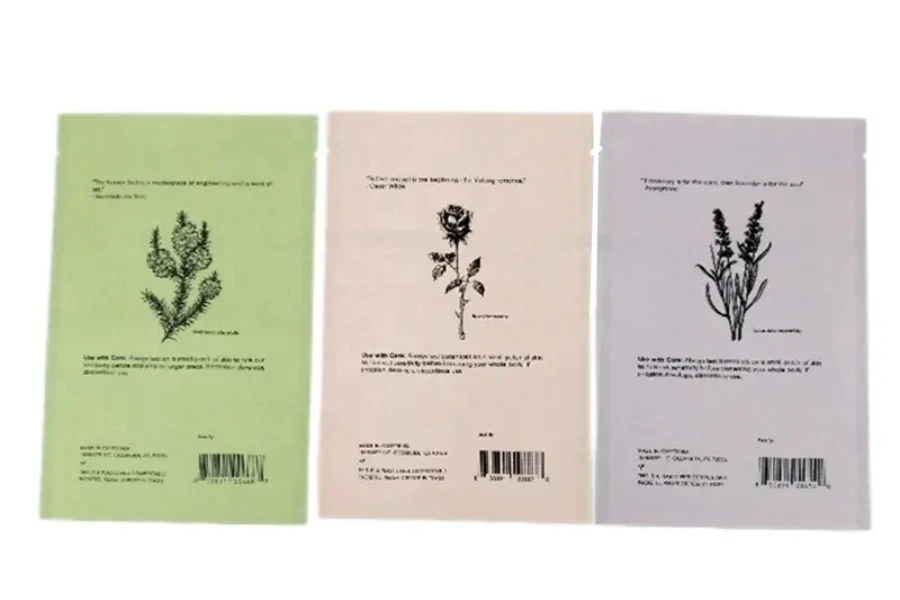
Here are some of the most popular compostable materials businesses can use for their sustainable packaging:
- PLA (Polylactic Acid): A plant-based bioplastic made from corn.
- Recycled paper: From food containers to coffee cups, recyclable paper offers a fully compostable packaging material.
- Bagasse/sugarcane fiber: Derived from leftover sugarcane stalks, this material works as a compostable alternative for paper.
- Bamboo: Since it’s renewable and abundant, it is one of the most popular materials for compostable packaging.
The market for compostable packaging also looks promising. Research predicts it will garner USD 18.9 billion in total revenue. Additionally, experts anticipate the demand for compostable food packaging to boost a 4.5% CAGR between 2023 and 2033.
Refillable packaging
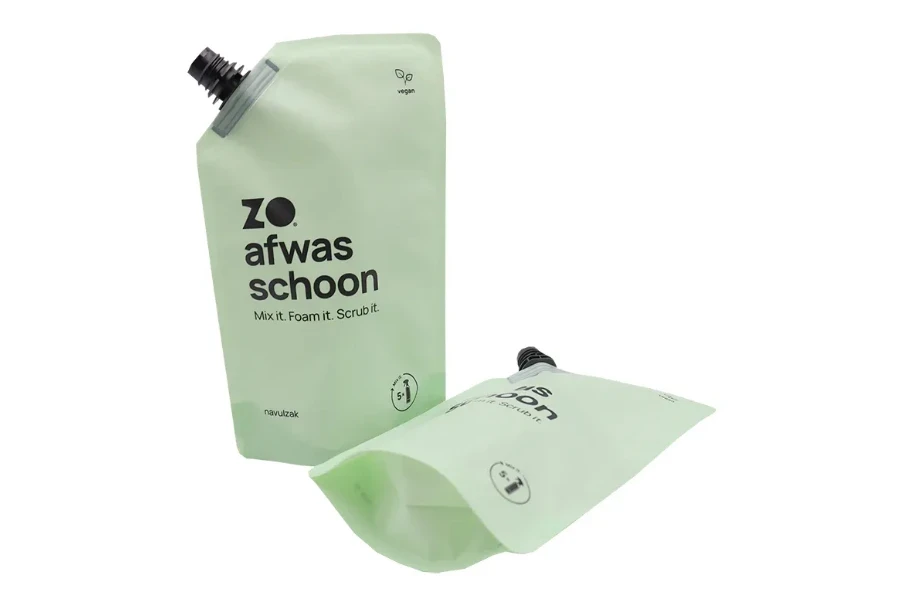
Refillable packaging offers two distinct perspectives. The first perspective considers this packaging option as a means for consumers to continuously use a product by replenishing its contents when depleted.
The second follows the lines of recycling. In this perspective, businesses use packaging made from recyclable materials, allowing them to refurbish or re-manufacture when consumers return empty containers.
Although both perspectives differ, they have one thing in common: minimizing ecological footprint. In its entirety, refillable packaging reduces the need to manufacture new packaging, setting it firmly on the sustainable and cost-saving path.
Some businesses may go further by motivating consumers to participate in refill programs. Customers can bring back their initial containers and receive a discounted price for a refill.
More importantly, the refillable packaging market will exponentially grow in the upcoming years. Experts anticipate growing from USD 109.67 billion in 2022 to USD 159.54 billion in 2029 at a 5.5% CAGR.
Go green with these trends
Sustainable packaging is crucial for food businesses seeking to satisfy consumer demand for environmentally-friendly options. In truth, switching to sustainable food packaging highlights a commitment to waste reduction, resource conservation, and recycling practices.
However, meeting the demand for eco-friendly packaging requires strategies like life cycle assessments, eco-design principles, and collaborations with reliable, sustainable packaging manufacturers, ensuring their food packaging aligns with sustainability principles.
Remember to watch out for minimalist, bioplastic, edible, compostable, and refillable sustainable food packaging as they’ll dominate the industry.
